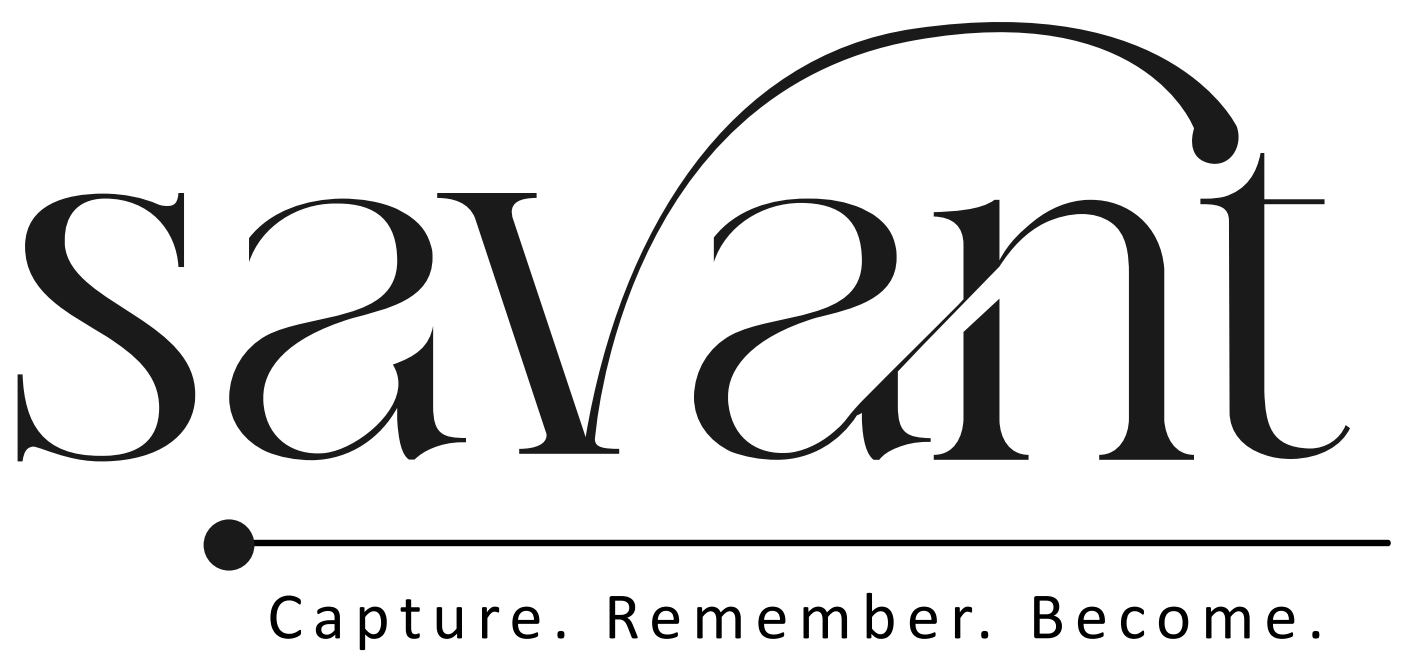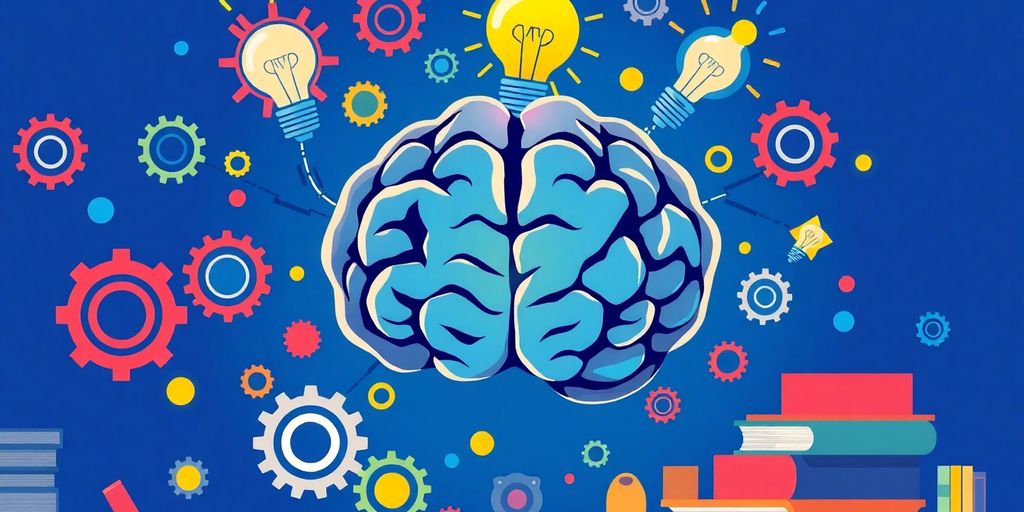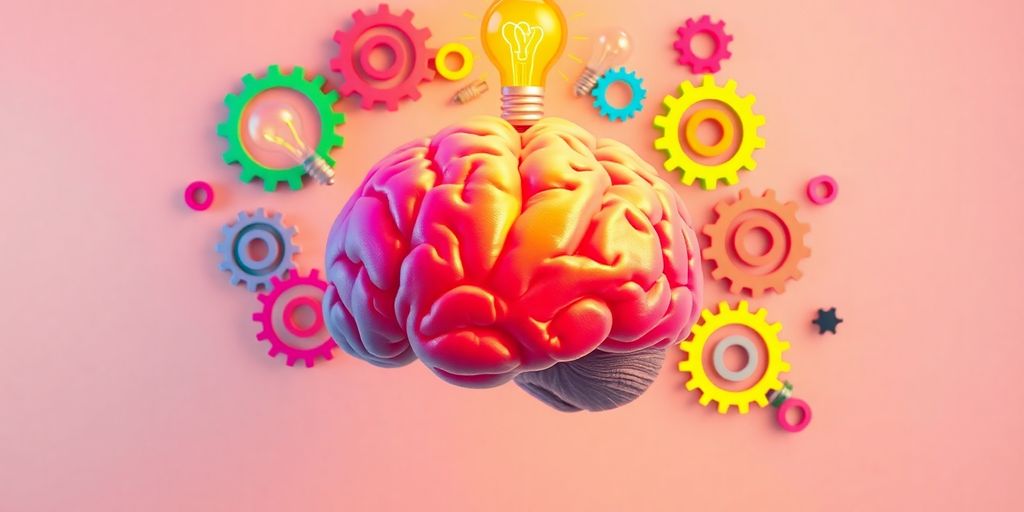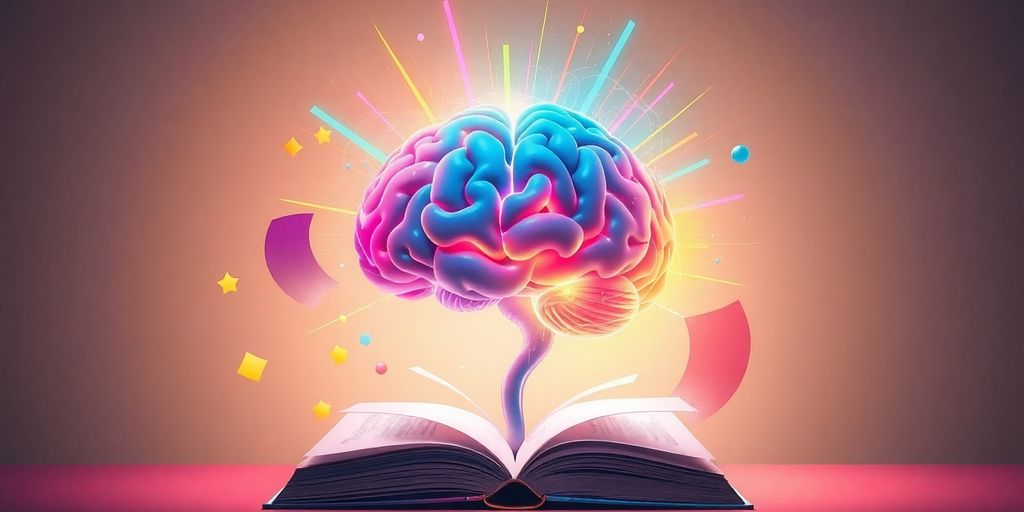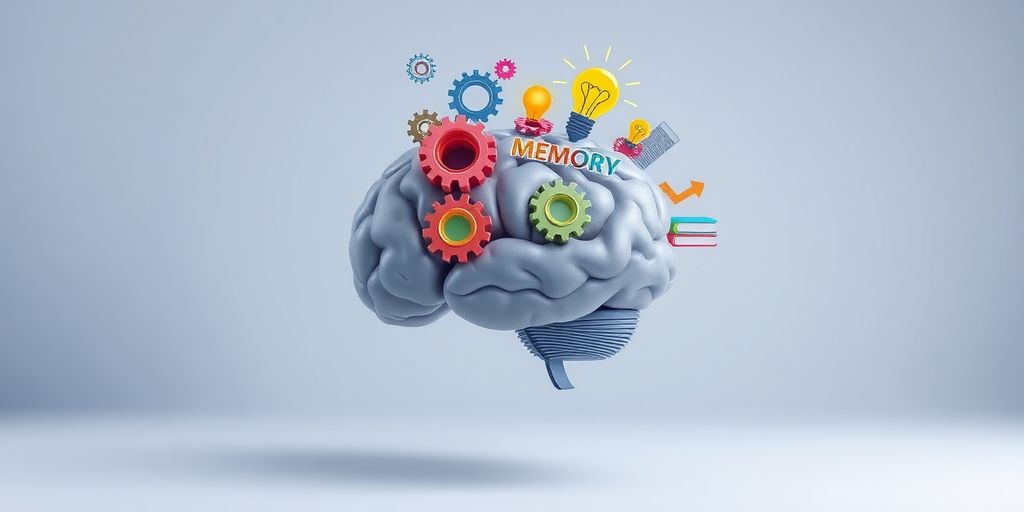Note taking is a vital skill for students that can significantly enhance learning and retention. It’s not just about writing down what you hear; it’s about engaging with the material to better understand and remember it. This article will explore various techniques and tools that can help you master the art of note taking. By applying these methods, you can improve your study habits and academic performance.
Key Takeaways
- Effective note taking helps you understand and remember important information.
- Using different methods like the Cornell Method or mind mapping can boost your learning.
- Regularly reviewing your notes enhances memory retention and comprehension.
- Personalizing your notes to fit your style makes studying more enjoyable.
- Combining traditional and digital note taking methods can lead to better results.
Understanding the Importance of Note Taking

Why Note Taking Matters
Taking notes is super important for students! It helps you remember what you learn in class. Students who take notes experience increased attention and concentration in class. This means you’re more likely to understand and remember the material later on. Effective note-taking can really boost your learning experience.
Common Misconceptions About Note Taking
Many people think that note-taking is just about writing down everything the teacher says. But that’s not true! Here are some common myths:
- You need to write everything down.
- Only the best students take great notes.
- Notes are only useful for exams.
Benefits of Effective Note Taking
Effective note-taking has many benefits:
- Improves understanding of the material.
- Helps you remember information better.
- Organizes your thoughts for clearer studying.
Remember, learning should be enjoyable! Using these active strategies can make studying feel less like a chore and more like an adventure.
Taking notes during online learning brings several key benefits. It boosts memory retention, sharpens focus, and makes reviewing materials more efficient. When you take notes, you’re not just writing; you’re engaging with the material, which helps you learn better!
Popular Note Taking Methods
Taking notes is a key part of learning, and there are several methods you can use to make it easier and more effective. Here are some popular techniques:
The Cornell Method
The Cornell Method is a fantastic way to organize your notes. You divide your paper into three sections:
- Cues: A narrow left column for keywords or questions.
- Notes: A wider right column for main ideas and details.
- Summary: A bottom section to summarize the main points.
This method helps you review and reflect on what you learned, making it easier to study later.
Mind Mapping
Mind mapping is a fun and creative way to take notes. You start with a central idea and branch out with related topics. This visual method helps you see connections between concepts, making it easier to remember them. It’s especially useful for visual learners who enjoy seeing how ideas relate to each other.
The Outline Method
Using the Outline Method, you organize your notes in a structured way. Create headings and subheadings to show the relationships between different ideas. This method is great for subjects that have a clear hierarchy, like history or science.
The Sentence Method
In the Sentence Method, each new idea is written as a separate sentence. This is simple and good for quick note-taking. It allows you to capture detailed information clearly, making it easier to review later. This method is especially useful in fast-paced classes where information comes quickly.
Remember, the best method is the one that works for you! Experimenting with different styles can lead to better learning outcomes!
Incorporating Technology into Your Note Taking
Digital Note Taking Tools
Using digital note-taking tools can really change the game for students! These tools help you stay organized and make studying easier. Here are some popular options:
- Evernote: Great for organizing notes and syncing across devices.
- OneNote: Offers a flexible layout for notes and drawings.
- Notion: Combines notes, tasks, and databases in one place.
Apps for Spaced Repetition
Spaced repetition is a powerful technique for retaining information. Here are some apps that can help:
- Anki: Uses flashcards and spaced repetition to boost memory.
- Quizlet: Offers various study modes, including games and flashcards.
- Brainscape: Focuses on personalized learning through spaced repetition.
Online Resources for Learning Notes
The internet is full of resources to enhance your note-taking skills. Consider these:
- YouTube: Find tutorials on different note-taking methods.
- Blogs: Read about effective study techniques and tips.
- Podcasts: Listen to discussions on learning strategies while on the go.
Embracing technology in note-taking empowers you to take control of your learning and adapt to new challenges. By using the right tools, you can make learning more engaging and effective!
Tips and Tricks for Effective Note Taking
Taking notes can be a game-changer for your learning! Here are some handy tips to help you take better notes and make studying easier.
Developing Your Own Abbreviations
Creating your own shortcuts can speed up your note-taking. Here are some tips:
- Keep it simple: Use letters or symbols that are easy to remember.
- Be consistent: Stick to the same abbreviations throughout your notes.
- Make a reference list: Keep a small list of your abbreviations handy for quick reference.
Using Visual Aids
Visual aids can make your notes more engaging and easier to understand. Consider these options:
- Diagrams: Draw simple diagrams to represent complex ideas.
- Color coding: Use different colors for different topics or themes.
- Mind maps: Create mind maps to visually organize your notes.
Reviewing and Revising Your Notes
Regularly going over your notes is key for retention. Here’s how to do it effectively:
- Set a schedule: Review your notes within 24 hours of taking them.
- Summarize key points: Write a brief summary of the main ideas.
- Discuss with peers: Share your notes with classmates to reinforce learning.
Remember, effective note-making is active, not passive. Engaging with your notes helps you make meaning from what you learn!
Active Learning Strategies for Better Note Taking
Engaging Multiple Senses
Active learning is all about getting involved! Using multiple senses can make studying more fun and effective. Here are some ways to engage your senses:
- Visual Aids: Use charts, graphs, or diagrams to help understand complex topics.
- Audio Notes: Record your notes and listen to them later.
- Hands-On Activities: Try experiments or practical exercises to see concepts in action.
Active Recall Techniques
Active recall is a powerful way to boost your memory. Instead of just reading your notes, try these techniques:
- Use flashcards to quiz yourself.
- Summarize what you learned in your own words.
- Teach the material to someone else.
Interactive Flashcards
Flashcards can be super fun! They’re not just for memorizing facts; you can make them interactive:
- Add images or diagrams to help visualize concepts.
- Include audio clips for pronunciation or explanations.
- Mix up formats to keep things interesting.
Remember, learning should be enjoyable! Using these active strategies can make studying feel less like a chore and more like an adventure.
By actively engaging with your notes, you can enhance your understanding and retention of the material. Don’t just copy down words like a transcriber; capture concepts or ideas in your own words. This approach will help you connect better with the material and improve your academic success!
Personalizing Your Note Taking Style
Finding your own style can make studying more enjoyable! Personalizing your notes helps you connect better with the material. Here are some ways to do just that:
Adapting to Your Learning Style
- Visual Learners: Use diagrams, charts, and colors to make your notes pop.
- Auditory Learners: Try recording lectures or discussions to listen back later.
- Kinesthetic Learners: Write notes by hand or use physical objects to represent concepts.
Using Annotations and Highlights
- Highlight key points to make them stand out.
- Add personal comments in the margins to clarify your thoughts.
- Use symbols like stars or arrows to connect ideas.
Creating Summaries and Questions
- At the end of each section, write a brief summary to reinforce what you learned.
- Create questions based on your notes to test your understanding later.
- Use bullet points for quick reference and easy review.
Remember, personalizing your notes not only makes studying more enjoyable but also helps you remember information better. Experiment with different styles and find what works best for you!
By exploring various note-taking methods, you can find the best note taking tools for 2025 that suit your style. Happy note-taking!
Balancing Traditional and Digital Note Taking Methods
In today’s world, finding the right balance between traditional and digital note-taking methods can really enhance your learning experience. Both methods have their unique strengths, and using them together can make studying more effective and enjoyable.
Handwritten vs. Digital Notes
- Handwritten Notes: Great for memory retention. Writing things down helps you remember better.
- Digital Notes: Easy to organize and access anywhere. You can use apps to keep everything neat and tidy.
- Best of Both Worlds: Try taking notes by hand during lectures and then digitizing them later for easy review.
Hybrid Note-Taking Techniques
- Cornell Method: Use this classic method to structure your notes, then scan them into a digital format.
- Mind Mapping: Start with a paper map to brainstorm ideas, then recreate it digitally for better organization.
- Visual Aids: Draw diagrams by hand, then use software to enhance them with colors and labels.
Balancing Efficiency and Comprehension
- Efficiency: Digital tools can save time, especially when searching for specific notes.
- Comprehension: Handwriting can help you understand and remember concepts better.
- Experiment: Try different methods to see what works best for you. Everyone learns differently!
Combining traditional and modern methods can transform your study sessions into a more dynamic experience. Embrace the change and see how it can benefit your learning!
Wrapping It Up: Your Note-Taking Journey
In conclusion, getting the hang of note-taking can really boost your learning experience. It’s not just about jotting down everything you hear; it’s about connecting with the material in a way that makes sense to you. Whether you prefer the Cornell Method, mind mapping, or just doodling your thoughts, the key is to find what works best for you. With a bit of practice and the right tools, studying can become easier and even enjoyable! So, keep exploring different techniques, stay curious, and enjoy the adventure of learning. You’ve got this!
Frequently Asked Questions
What is note-taking?
Note-taking is the practice of writing down important information during classes, readings, or discussions to help you remember and understand better.
Why is note-taking important?
Taking notes helps you remember things better and makes studying easier by organizing your thoughts.
What are some popular methods for taking notes?
Some popular methods include the Cornell Method, mind mapping, and using bullet points.
How can I improve my note-taking skills?
You can improve by practicing active listening, using shortcuts, and reviewing your notes regularly.
What tools can I use for digital note-taking?
You can use apps like Evernote, OneNote, and Notion to take digital notes.
Can technology help with note-taking?
Yes, technology can help with note-taking. There are apps and tools that allow you to take digital notes, organize them, and even schedule reviews for better retention.
